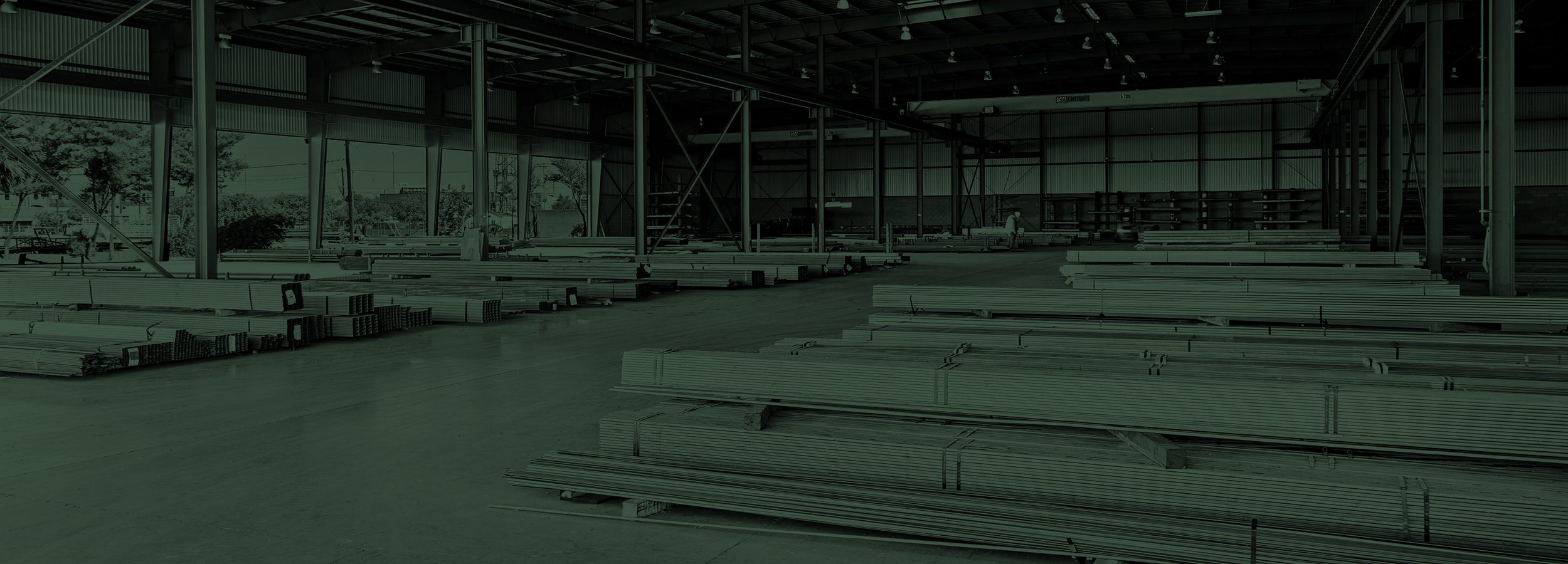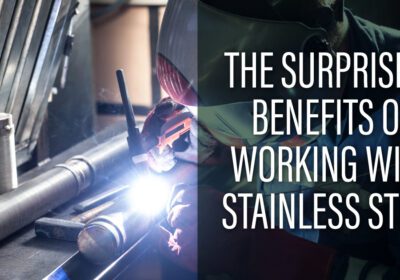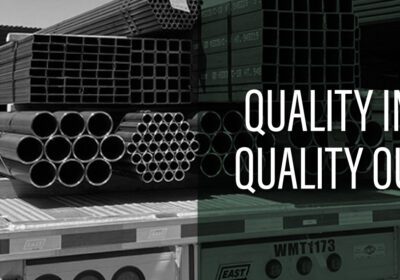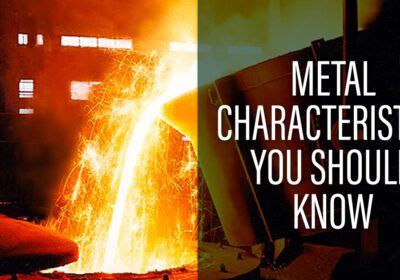The Difference Between Tempering and Annealing in Phoenix
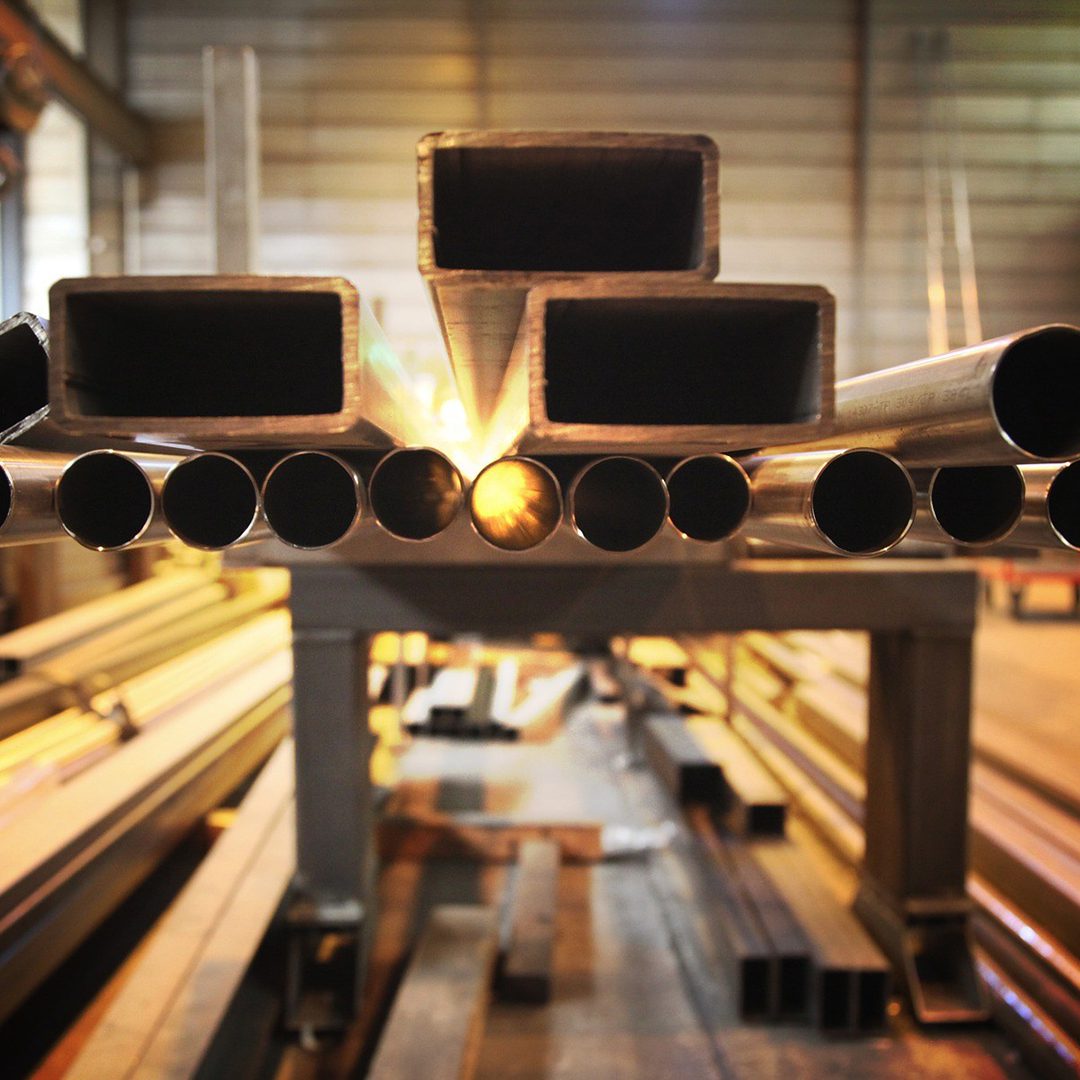
Tempering and annealing are two of the most common methods for treating metals. They are both heat treatments that involve altering the physical and chemical properties of metal without altering its shape. Heat treatments use controlled heating and cooling to increase the strength and hardness of the metal and to improve its machining, formability, ductility, and elasticity. Although there are various forms of heat treatment, we will be discussing the difference between tempering and annealing. Be sure to contact us at Arizona Iron Supply in Phoenix to order our heat treated metal products for your next project.
TEMPERING
Tempering is a heat treatment process that is used to improve the toughness and ductility of iron alloys, particularly steel. It also minimizes cracking and workability so the alloys will hold up in processing. Some of its strength and hardness is reduced in the process, but it retains more than enough of these properties to be an effective building material.
Tempered steel is heated to below its critical temperature. Depending on the alloy, this can range from 400-1,300 ˚F. Generally, low temperatures will reduce brittleness while maintaining most of the hardness. Higher temperatures reduce hardness, which increases elasticity and plasticity. However, this causes some yield and tensile strength to be lost in the process.
Tempering causes metal to turns different colors. The color it turns is based on the degree to which it is heated. Metal workers often temper steel until it becomes a certain color. After steel has been tempered, it can be easily shaped, cut, and filed, which is important in the manufacturing process.
ANNEALING
The process of annealing involves heating steel to a specific temperature for a set amount of time and then cooling it very slowly to room temperature. This results in softening of the metal for cold-working, improved machinability and ductility, and enhanced electrical conductivity. This process allows crystallization to occur, at which point any defects in the metal can be repaired.
The metal is heated in a large oven to allow for air circulation around it. After it is held at the desired temperature for several hours to several days, it is cooled very slowly to allow for the diffusion of particles. This process results in a refined microstructure. The hot steel is immersed in a material with low conductivity, such as sand or ashes. The rate at which the metal is cooled is an important difference between tempering and annealing.
The main difference between tempering and annealing is the end result of the processes used. Annealing is used to soften a metal or alloy and tempering is used to reduce the brittleness of the metal. Contact us today if you have further questions about our products and how they are treated. And be sure to check out our extensive inventory at Arizona Iron Supply in Phoenix for all your metalworking needs. You need it? We’ve probably got it in our inventory!
Images used under creative commons license – commercial use (12/31/2018) Pixaby

